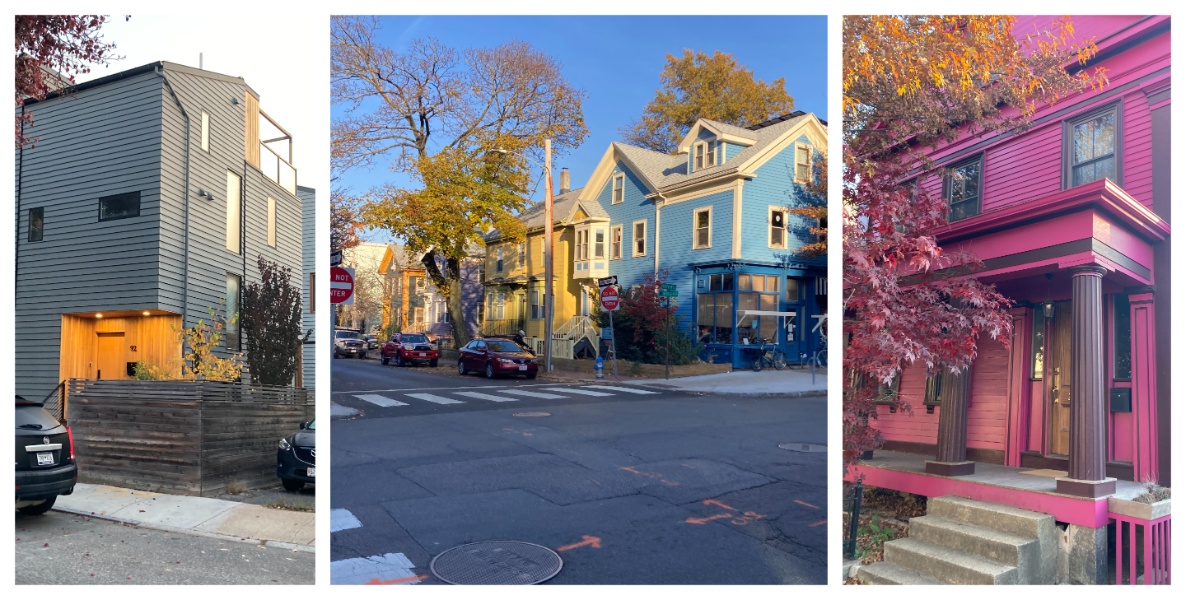In Pennsylvania, we have a housing affordability crisis like everywhere else, but it can too often feel like our statewide housing policies don’t acknowledge it.
Look at California, where last year Governor Gavin Newsom signed into law a package of 56 housing bills designed to increase access to housing and housing production. Major zoning reforms in Montana have been nicknamed “The Montana Miracle” because of their impact on mitigating price appreciation and housing supply issues.
Even Northeastern states like Rhode Island and New York are committing hundreds of millions to housing production. Maryland and New Jersey have passed legislation that addresses discrimination and affordability.
By contrast, the most significant Pennsylvania housing legislation I can think of in the past few years is a Whole-Home Repairs program, which is an essential support for homeowners but far from the kind of comprehensive housing package the state deserves.
Last week Massachusetts passed a housing package that might be the best on the East Coast — and perhaps one that PA could emulate. Some housing advocates would find my rhetoric about the housing bill overblown. They called it underwhelming. The bill did not include a proposed transfer tax on properties exceeding $1 million, the revenue from which would fund affordable housing. An effort to shift the cost of brokers’ fees to landlords instead of tenants failed. A lot got left on the cutting room floor.
But, there are several reasons this package totaling more than $5 billion in spending is impressive, including ADUs, public housing, a revolving fund, and a carve-out for the state’s seasonal communities.
The importance of Accessory Dwelling Units
The bill allows Accessory Dwelling Units (ADUs) of up to 900 square feet by right. Some statewide ADU reforms have failed because they have “poison pill” clauses that make ADUs hard to build, such as owner occupancy requirements. Or, as in the case of Connecticut, they allow municipalities to opt-out. Massachusetts’ bill is smarter: it requires cities and towns to adopt by-right permitting in single-family zoned districts, caps parking mandates at one spot per unit for ADUs more than half a mile from public transit, and bans owner occupancy requirements. The Executive Office of Housing and Livable Communities estimates that this single policy is expected to generate between 8,000 to 10,000 new homes across the Commonwealth over the next five years. In Philadelphia, we have yet to legally build one new ADU: Could a statewide rezoning provide the catalyst needed to allow this housing type in the city and its suburbs?
A lot got left on the cutting room floor. But, there are several reasons this package totaling more than $5 billion in spending is impressive, including ADUs, public housing, a revolving fund, and a carve-out for the state’s seasonal communities.
Modernize public housing
The Massachusetts bill is dedicating $2 billion for the repair and modernization of public housing. The only place on the East Coast that I’ve seen come close to this number is New York, which has a state budget of about four times the amount of Massachusetts. The $2 billion is being called the state’s largest investment in public housing in a generation and I’d believe that. An investment of this level in Pennsylvania would do a lot to address the state’s ailing public housing.
“Table stakes” housing initiatives
The bill has also got money for the kind of “table stakes” housing initiatives that all states should be producing at this point. There’s a $50 million revolving fund to build mixed-income housing — check mark for that. And the bill doubles — or in some cases quadruples — funding for existing programs such as the Affordable Housing Trust Fund, the Housing Stabilization and Investment Fund, and The Historic Rehabilitation Tax Credit. Frankly, many good housing programs across the country don’t need to reinvent the wheel; they are underfunded, and this bill does something to address that.
Seasonal Communities designation
Finally, the bill creates a Seasonal Communities designation that recognizes that the housing needs in places like Cape Cod and the Berkshires are really different than in the state’s cities and suburbs. Even when these places build affordable housing, much of the housing ends up getting snapped up by investors and second-home owners. These Seasonal Communities need different solutions if they are to house the essential workers and local workers these places need. The Seasonal Communities designation will create a new advisory committee to tailor laws to those specific regions. While PA doesn’t have seasonal communities that are in such high demand as Massachusetts, the principle here could be applied to other coveted communities, such as wealthy suburbs, where essential workers have trouble living near their jobs.
While one could wish for a more expansive or comprehensive housing bill, I think Massachusetts did well with this one, and I’d love to see this level of investment in Pennsylvania in the future.
Diana Lind is a writer and urban policy specialist. This article was also published as part of her Substack newsletter, The New Urban Order. Sign up for the newsletter here.
![]() MORE FROM THE NEW URBAN ORDER
MORE FROM THE NEW URBAN ORDER



